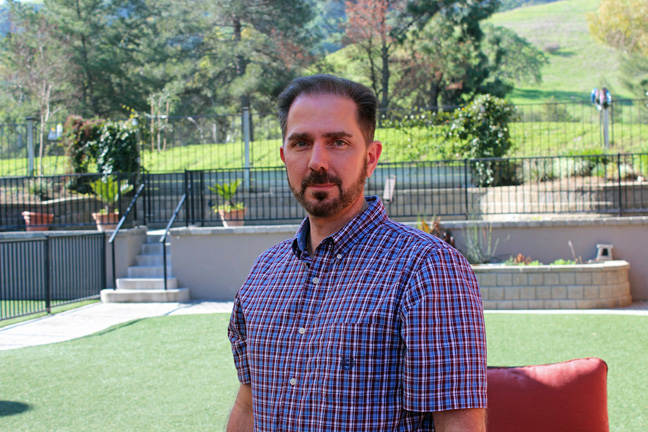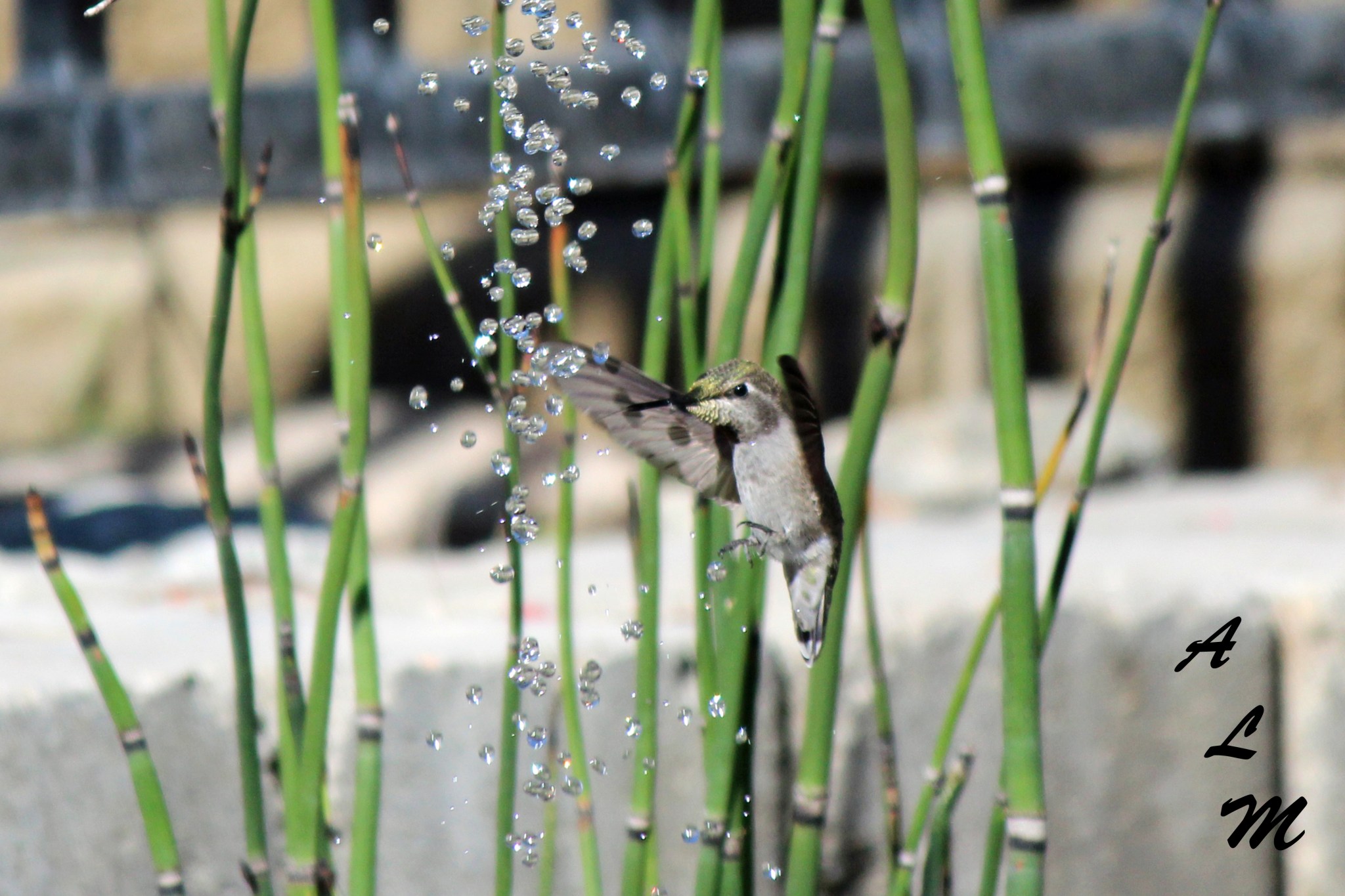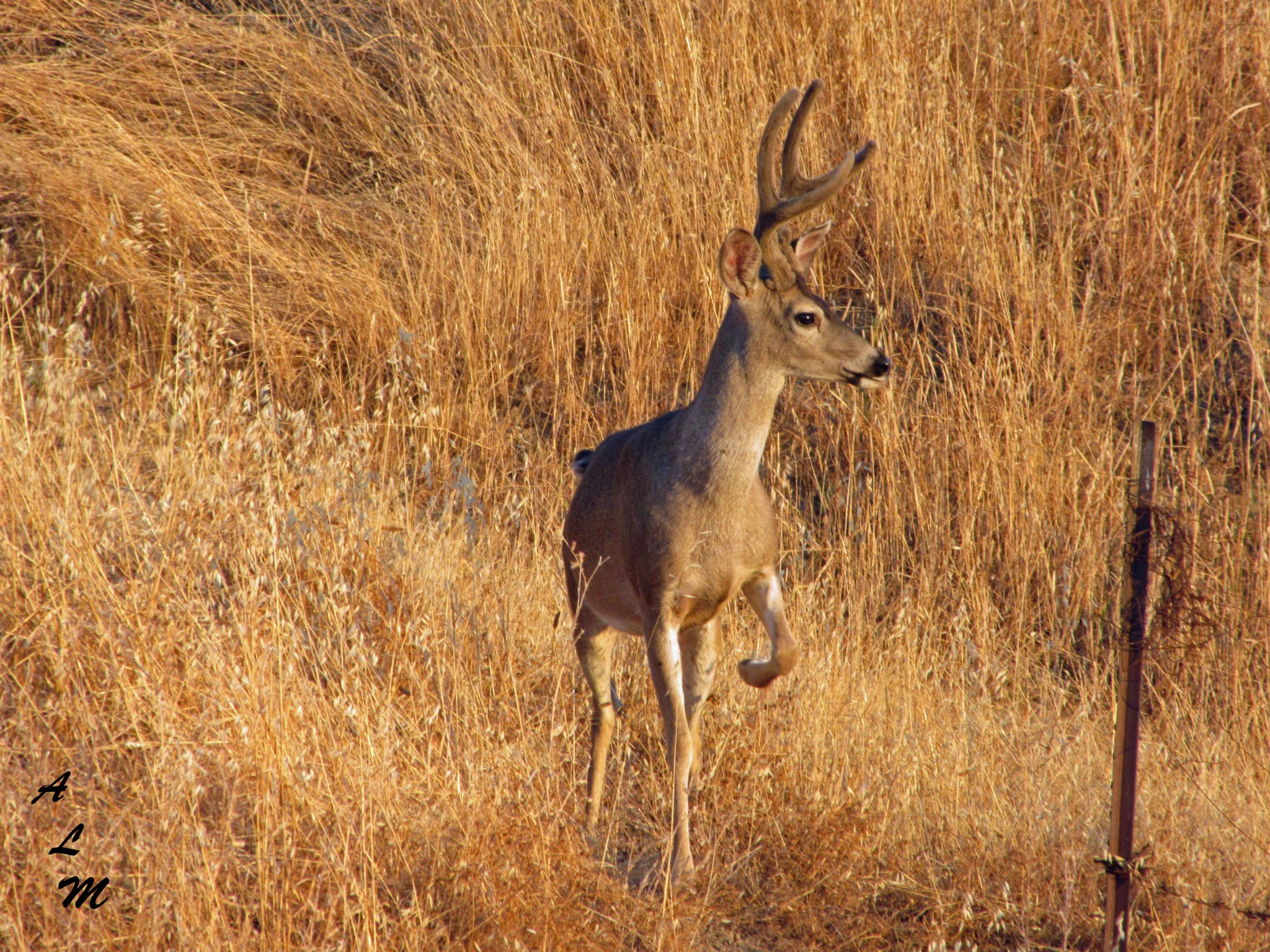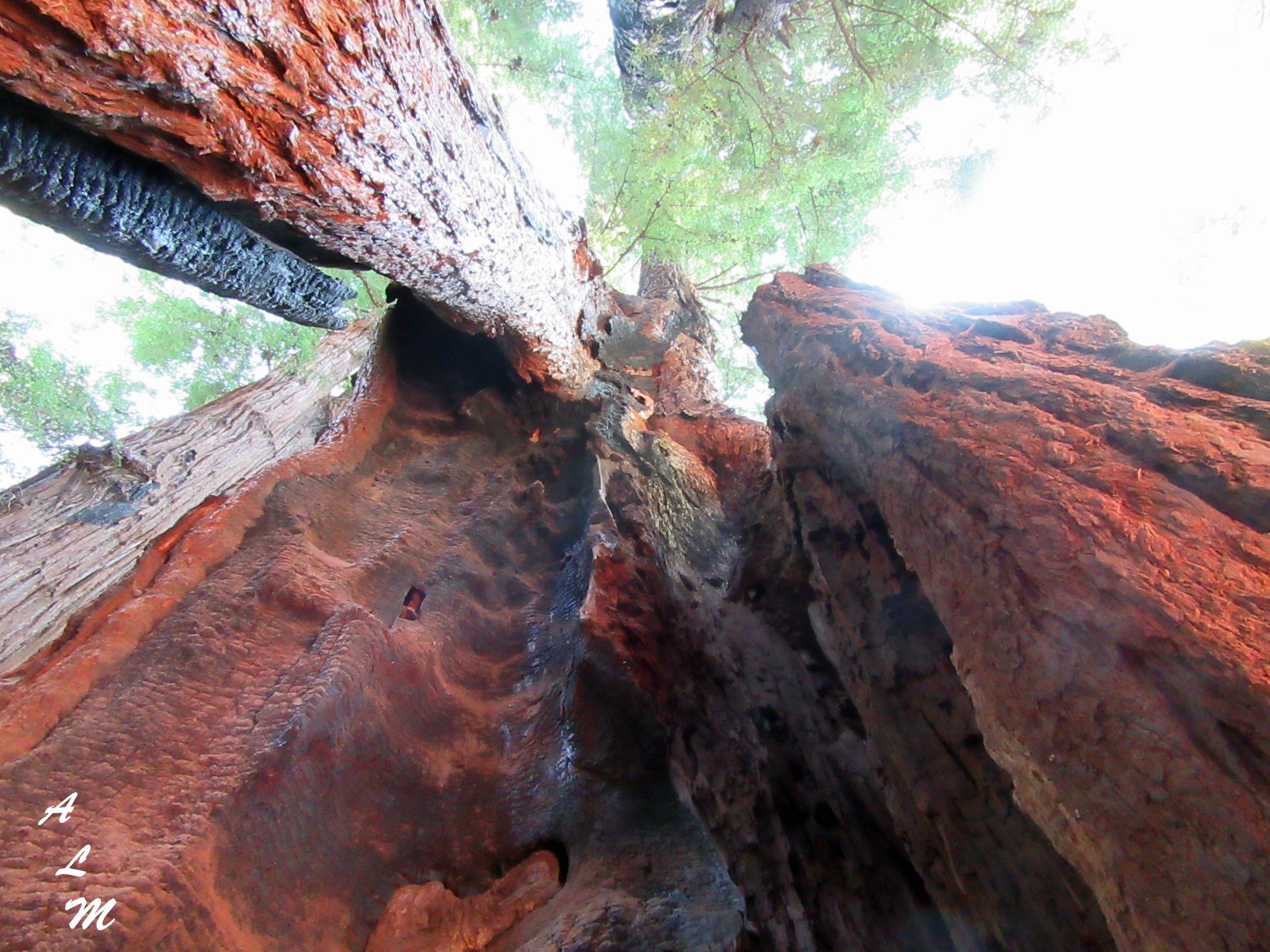We can start with your childhood or your youth. Where are you from and is there anything about those young years that might have pointed you toward where you are now?
I would say yes, things in my youth pointed me towards where I am now. I grew up in a small town in southeastern Oklahoma, called Hartshorne. I was the seventh of eight kids. My parents were both from large families as well, my mom was the seventh of twelve children and my dad was the seventh of nine children. So, in addition to my siblings, I grew up with 50+ first cousins. My grandparents all ended up in southeastern Oklahoma, which was still Indian Territory at the time, to do coal mining. My grandfathers were coal miners and my dad was a coal miner. I joke, since I study carbon in space, that I’m a third-generation coal miner! I study organic molecules in space so I’m kind of a next-generation coal miner! A space miner. One of the mines my dad actually worked in was named the Carbon mine.
When the coal mines shut down in, I guess, the 1950’s in Oklahoma, my family opened a full-service gas station. I grew up filling gas in cars, washing windshields, changing tires, and working on cars. We also had a farm, so I did a lot of hauling hay, fixing the fence, working cattle and stuff like that. I joke that it was all running through the woods that got me in the exploration spirit. Learning just to go explore the woods got me to explore other things. Later on, with our gas station, we ended up opening a deli, since my family is prominently Italian, and I helped make the sausage, ravioli, and the sauce to sell in the deli, so it was the cooking that got me into the chemistry.
How did you get interested in or focused on space science?
I always was interested in space science. I remember, this is going to sound like a cliché, but I was always running into the house to watch Star Trek episodes, as a kid, to see what was next. I was always fascinated by space.
I liked all the sciences in school. I went to a small high school and I remember having a conversation once with our science teacher. She was asking a group of us what we wanted to do when we grew up. Everyone was answering and I was sitting there thinking, ‘well, actually I like biology, I like chemistry, I like physics, and I like all of these and I don’t want to have to pick one’, so I just blurted out, ‘I want to be an astro-chemical-physicist’. I had no idea what it was at the time. It just sounded good. It combined the astronomy, the physics, and the chemistry. And that’s pretty much what I do!
You pursued that into college and afterward?
Yes, I did, I went to a local junior college first. I had my way paid there, I studied chemistry and then I went to a 4-year undergraduate university studying chemistry and mathematics, then went on to the University of Oklahoma where I got my Ph.D. in physical chemistry. I ended up going into vibrational spectroscopy, molecular spectroscopy. I’m not sure how I ended up in that major but I actually like it because I always wondered how things work. Physical chemistry and molecular spectroscopy teach you how and why things work on a molecular level, using spectroscopic tools (light) to figure it out. I still like figuring out how things work.
It was growing up in the country, looking up at the stars all the time, that got me into space, it was always the exploration. I always wanted to explore, you know, what’s going on over the next ridge, the next patch of woods, the next whatever, and to me, that was the leap to space. And, well, growing up, NASA was the Space Agency and I guess like a lot of people I always had dreams of being an astronaut.
What are some of the things that you have worked on for NASA and which of them have you found the most interesting?
There are several things I find interesting. One of the missions that I worked on was the O/OREOS, the Organisms, Organics, Exposure to Orbital Stresses, a small satellite, NASA’s first astrobiology small payload. I liked the science behind it but also, found the scientists, working with the engineers, working with the project managers to be fun. This was because you’d be sitting at a roundtable, and the scientists would say, ‘I want to do this’ and the engineers would say, ‘no, you can’t do that!’ Or how would you do that? It would be a give and take on what we could do, what we actually wanted to measure and how we would go about doing that measurement. It was also fun to develop, for the chemistry part of O/OREOS, our own sample cells, basically designing miniature chemistry experiments in space. And when we finished the design of the sample cells, well, we noticed the basic design of our sample cells actually looked like an Oreo, we had two optical windows as the cookie with a stainless-steel spacer in the middle of it as the filling.
So there actually is a cookie tie-in! I wondered about that.
Yes! But we ran into the question ‘how do you put all the parts together and have them stay together?’ And how do you put the filling in the Oreo and get it to stick? The answer actually came from the lab and life experience. We figured out that one of the things we use in the lab all the time to mount optical windows is indium wire. Indium metal wire is very pliable. So, we basically, used it to cold weld the optical windows, to the body of the sample cell. With this question answered we had to find a way to press the parts together in such a manner that we didn’t break the windows. We had to apply even pressure over the windows. We went back and forth on how to do this with the engineers. I’m not sure if this came from my experience helping my dad bottle ‘Choc’ beer (Choctaw beer) while growing up, but at one point we tried using a bottle capper to seal the sample cells. We bought a bottle capper and tried to use it but, although it is good for bottling soda and beer, we found that it doesn’t apply pressure evenly to the surface. One day we were in the lab trying to solve this problem and noticed one of the things we used in chemistry all the time for making samples for the IR spectrometer is a pellet press. With a pellet press, you press your powdered sample together to make a solid disc out of it. We just kind of looked at each other and said ‘why can’t we do something like that?’ Nathan Bramhall actually came up with the design to make a kind of a pellet press to put the Oreo sample cell (cookie) together. Emmett Quigley made the actual sample press in the machine shop.
Another thing I’ve been interested in is the effect that surfaces, like dust grain surfaces, have on the chemistry in space, and we were trying to figure out a way to do that with the O/OREOS sample cells. One of the suggestions we came up with was to coat the windows with a mineral layer and then put an organic material on that layer. We actually had some lively discussions about it and finally said, ‘yeah, let’s try it.’ Now a lot of other groups are using this method for their samples. That was one of the things that came out of O/OREOS as well, so it was pretty cool.
Another thing that’s been fun is the molecular spectroscopy. The vibrational spectroscopy I do is interesting in that you never know what you’re going to find. We’ve discovered a couple of things in the lab that are rewriting the textbooks in organic chemistry. This is because most of the textbooks are based on small aromatic or benzene ring organic molecules, while the molecules out in space, the ones I work on are what they call polycyclic aromatic hydrocarbons, or PAH’s, basically multiple benzene rings hooked together (imagine chicken wire made out of carbon atoms). Since most of these PAH molecules found in space are much larger than those typically studied on earth, we are finding the chemistry can actually change. We’ve found some unique properties, so we have the ‘Aha!’ moment in the lab. It’s kind of totally different, something that we didn’t expect.
Why is that work important and how does it support the NASA mission? Why is chemistry in space a useful thing to do?
To me there are several fronts on why chemistry in space is useful to do. 1) It is a little bit of basic knowledge. If you are going to go out in space, to live, you want to have an inventory of what is out there, and 2) can you use that inventory for anything? I guess the technical term is in situ resource utilization. If you can find a way to use what’s out there, then you find a way to live off the “land”, but out in space. Then, on a more practical front, some of the discoveries we’ve made that were kind of ‘Aha!’ moments, are regarding the chemistry of these PAH molecules, which can actually have materials science applications, such as organic electronics, so who knows what types of materials can be invented from these types of molecules. It’s basically expanding the knowledge base and getting new materials that you can use for stuff such as organic electronics or something like that. The other thing too is, to get more out of NASA missions, we create databases, a database of the molecular spectroscopy of molecules, so that when they have a mission that uses a similar spectroscopic technique, and they measure or observe something, they can go look at that database and say “Oh, this is what we were actually looking at”, instead of saying, “what is this?” Essentially, it’s a fingerprint database for different chemical compounds or different systems of compounds, and just as you can go search for a person based on a fingerprint, you can go search for a molecule based on its molecular fingerprint. That’s what we do with our spectroscopic database.
What is a typical workday like for you? How do you spend your time? And what do you like most and least about your job?’
I don’t know if people want to know that! The best days are in the lab doing experiments.
I actually had a conversation with the other scientists and we all agreed that we didn’t know when we got older and more advanced in our careers, we’d be spending more time in the office than in the lab! But the discovery part is what I feel like is the most special part of the job, learning something new all the time. The discovery moments remind you how lucky you are to do this work because you are continuing to learn all the time.
I’m now revamping my lab systems, I just ended up getting a huge grant which funds adding an instrument to our lab system. We are redoing the whole vacuum system setup, and it’s all based on a concept we’ve been working on, trying to think about space chemistry in a different way. People, even scientists, get used to thinking about things in terms of their own box or lab. I guess the adage is “if the only tool you have is a hammer, everything looks like a nail” And sometimes in the lab you get into that mindset, if you only have certain pieces of equipment, you tend to make your experiments match your equipment. We are actually designing a new lab by asking if we could do it all from scratch, what would it look like. And I got lucky enough that we received funding to start doing just that. This lab renovation project grew out of an Ames APEX project and a science innovation fund proposal, which allowed us to do some initial experiments with people at the Marshall Space Flight Center.
But the typical day is, besides the lab work, a lot of paperwork, and meetings. That’s one thing I didn’t anticipate, coming up through a graduate research program, was how much writing and paperwork was involved in being a scientist. When I give talks now to high school students, I say one thing that I didn’t think about is how much you’re going to have to like to write, and for them to develop their writing skills. The research proposals that they will write to apply for funding are basically like their term papers. This usually brings a groan from the class.
And what you wanted to say is the least is the paperwork?
Yes, the paperwork and the bureaucracy a little bit. It’s not designed for efficiency.
What advice would you give to some young person who is interested in pursuing a career like yours?
Actually, one of the programs I’m involved in, I try to help set up mentorships for high school students from underrepresented areas. What I usually tell them is, one thing I learned after I arrived at NASA, is the value of, not only mentors but internships. That’s one thing, having grown up in a rural area, I didn’t realize the importance of, and it made my road to NASA more difficult. Because I didn’t have any exposure to internships and mentorships, after getting to Ames and seeing how much the connections you make through the internships and mentorships come in handy, it got me fired up to provide mentors and internships for children in rural areas. Our nation’s greatest untapped scientific and engineering resource is the children in rural areas.
You’ve mentioned a couple of “Aha!” moments in your career. Is there a specific highlight or some finding that kind of stands out as something unexpected that you learned or connection that you made or a breakthrough of some kind or anything like that?
There are a couple of them. One is when we encountered a certain class of PAH molecules with unusual properties. This goes back to the rewriting the chemistry textbooks. In a typical experiment we take a PAH molecule, we study it as a neutral molecule, we then irradiate it with UV rays, like the rays which come from the sun, which ionizes the molecule. We then study what the ions look like and analyze the data.
We encountered this one class of molecules, that, when hit with UV light, the ion bands lit up like a Christmas tree. I was looking at the molecules spectrum and going, ‘wait a minute.’ Usually, only a fraction of the molecules are converted into ions in an experiment, so the ion features are generally smaller than those of the regular molecule. However, we were seeing features that were 100 times stronger than the original molecules! We were sitting there scratching our heads and saying this shouldn’t be what we’re seeing. And, being a scientist, the first thing you do is go into troubleshooting mode. “What’s wrong with the instrument?” “What went wrong with the experiment?” Interestingly everything on the instrument and experiment checked out and were reproducible. What’s going on with this class of molecules is very interesting. They are designed on the molecular scale such that when you hit them with UV light we’re seeing electronic transitions occurring, where the vibrational transitions should be. Although people have predicted this, nobody had ever actually seen it before, and if you go into your quantum chemistry, it’s like a particle in a box, basically, this class of molecules expands the box large enough that we could see the electronic transition in what would normally be the vibrational window. Such molecules could lead to all kinds of organic electronics.
Another thing along the lines of PAH molecules is that the PAH molecules are just carbon and hydrogen atoms. We started putting nitrogen in their structure because nitrogen-containing PAHs are very important in the biochemistry of life. Nitrogen is also the 4th most abundant chemically reactive element in space. Our biochemistry depends a lot on nitrogen-containing PAH type molecules. Take amino acids for example. We wanted to see if putting a nitrogen atom in the PAH would change the molecule’s “fingerprint” enough that we could identify these molecules in space and separate them from a regular PAH. One thing we found out is that putting it in doesn’t disturb the molecule’s spectrum or fingerprint enough to exclude or differentiate them from the other features we see in interstellar space. However, when we ionized the molecules we had a hard time seeing any changes in the “fingerprint.” It is usually fairly easy to see the ions when they form from a regular PAH molecule. We kept scratching our heads saying, OK, what’s going on here? It turns out that when you put the nitrogen atom into the PAH molecule, the nitrogen atom acts like an electron magnet pulling the electrons, which are normally spread evenly over the surface of the molecule, towards it. This creates a kind of ‘pseudo’ ionization. In turn, this makes the fingerprint of the ionized molecule look a lot like the un-ionized version. This finding expanded our understanding of what was called the “Unidentified Infrared Emission” or UIR bands observed in space, which are now referred to as the PAH bands.
If you weren’t already a NASA research scientist, what would your dream job be?
That’s a good question. I will say I have taught for a while at college level. And I was surprised actually how much I loved teaching and I wouldn’t mind being a teacher. Astronaut is always at the top of the list! If I wasn’t a NASA scientist, I wouldn’t mind being a chef and having my own Italian restaurant. It ties my chemistry into my cooking.
Would you really wanna go out there?
Oh yeah! Sure!
Would you like to share anything about your family, kids, pets, vacations, trips, talents, hobbies, stuff like that?
All my hobbies center around things I grew up with, a large Italian family, a family cooking big meals together, and I try to do that out here too, cook big meals, have friends over and stuff like that. Another hobby is photography, being out in the woods, hiking.
What do you do for fun?
Cooking for me is fun. Other things include photography, going hiking in the woods. The weather is so mild in California that I can actually go out on hiking trails, go out to the woods, take photographs of sunsets or animals, and stuff like that all year long.
What accomplishment are you most proud of that’s not science related?
It ties into science. A couple of things come to mind, one is the program I helped get started whereby we go back to two of the native American tribes in Oklahoma, the Choctaws and the Chickasaws, helping out with the summer science camps for their high school students. This provides mentorship for kids in the rural and underrepresented areas that I realize was lacking from my background experience. I’m really proud of getting that setup. It took several different tries to identify what works and what doesn’t. Now that it is going, it’s been beneficial to both sides. I look at it as a cultural exchange, people at Ames going to visit the tribes in Oklahoma and the tribes, the kids in Oklahoma getting to meet people from different cultures. I’m proud of that accomplishment. Another thing that I am proud of is that coming from a large family where three of my grandparents were Italian immigrants, I was actually the first in my family to get a Ph.D.
Who inspires you?
I don’t know that there is any one person that inspires me.
I guess it is more of a person’s characteristics. People who are pursuing their dreams inspire me. While I was teaching a college class, one of the students asked me something about jobs, this student had picked his particular major based on his dad’s and granddad’s career choice. I said “You know, that’s fine, but you should do what you’re passionate about. You should go after your passion.” People who do that inspire me. And at the same time, staying true to your values while you’re pursuing your passion. Later on that semester, the student came up to me and said ‘I’m still thinking about that question and trying to figure out what I am passionate about.’
Do you have a favorite space image?
I guess my favorite image is the Hubble deep field, where when you zoom in what you thought were just stars, starlight, but they are actually multiple galaxies. That just puts everything in a certain type of context.
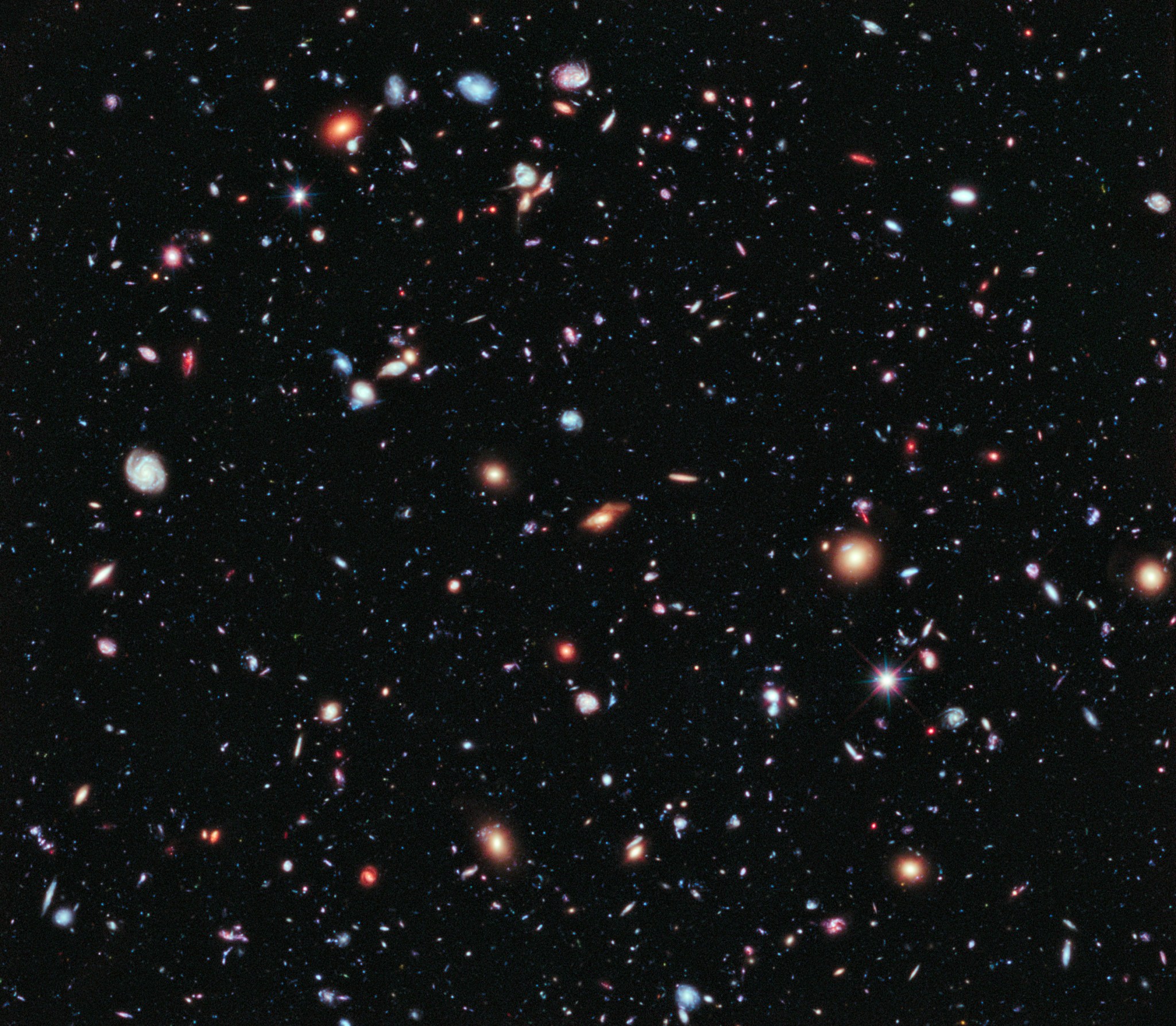
A favorite quote or words to live by?
I like the one I’ve got in my office that my parents gave me. “When I think about my life, and my blessings, great and small, I know the things that matter most aren’t really “things” at all.” And another one is, I joke with the interns in the lab about it when something goes wrong in the lab, or not necessarily that something goes wrong, but something happens that you’re not expecting, I think it’s the Einstein quote that “if we knew what we were doing, it wouldn’t be called research”.
Interview conducted by Fred Van Wert and Sara Rojo on August 30th, 2018.





























